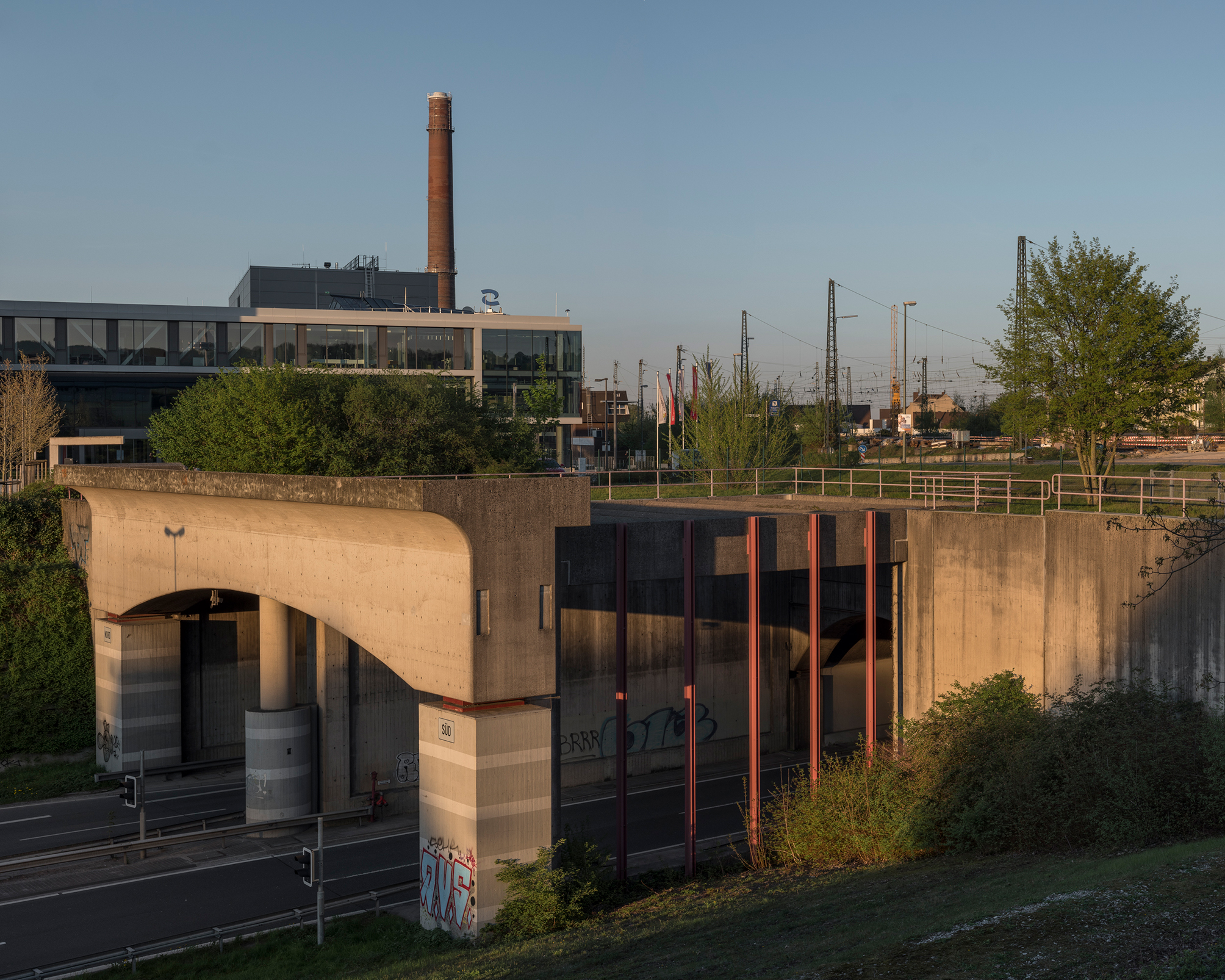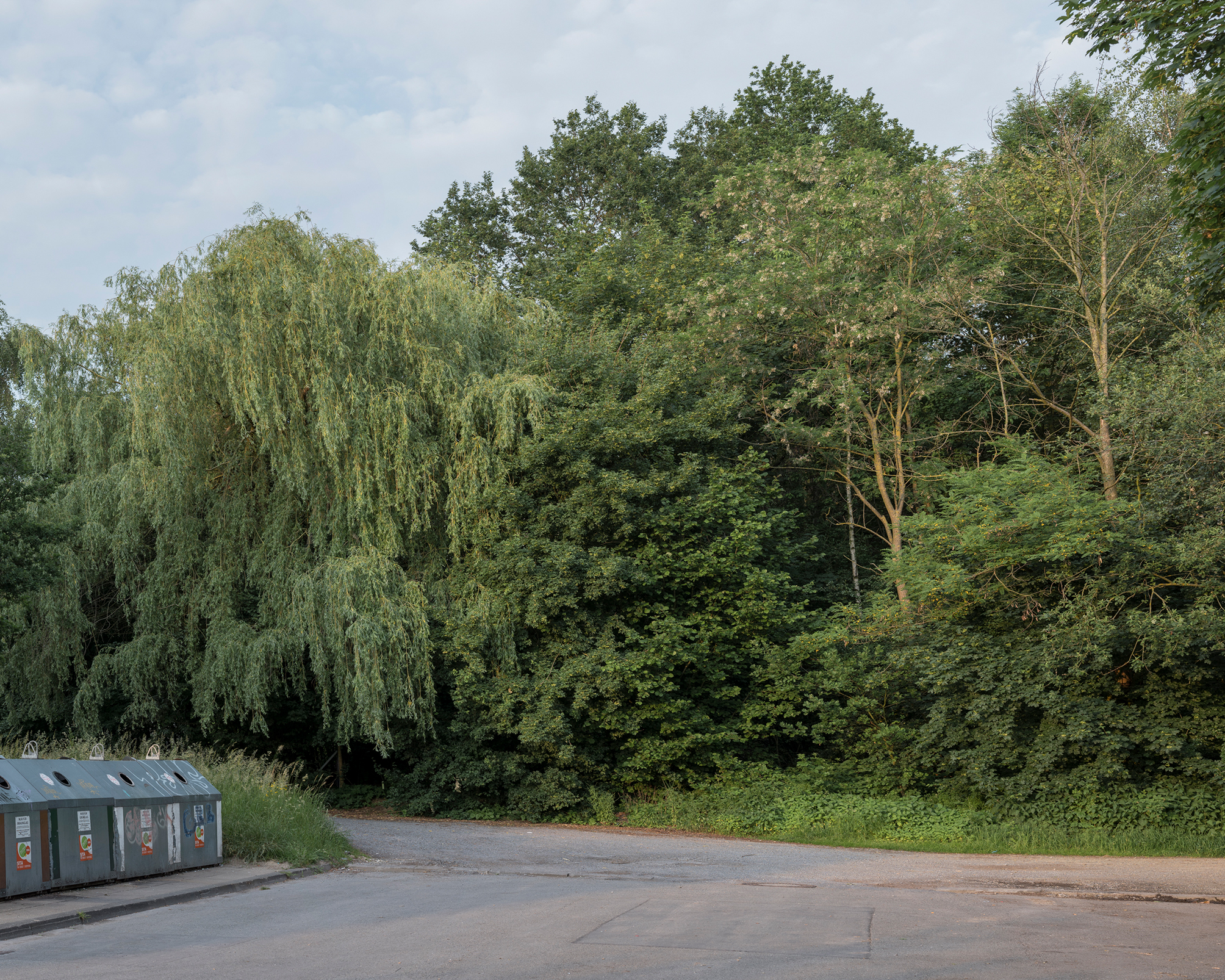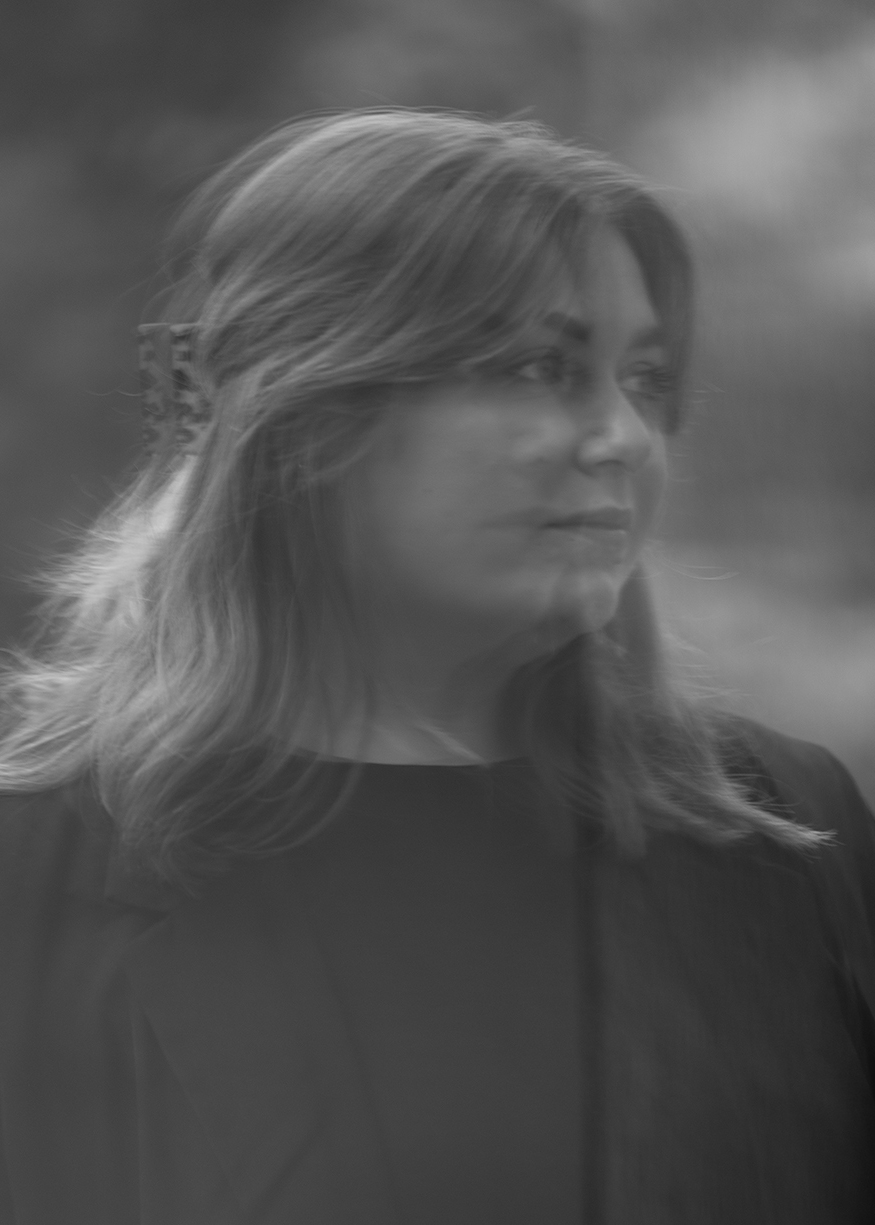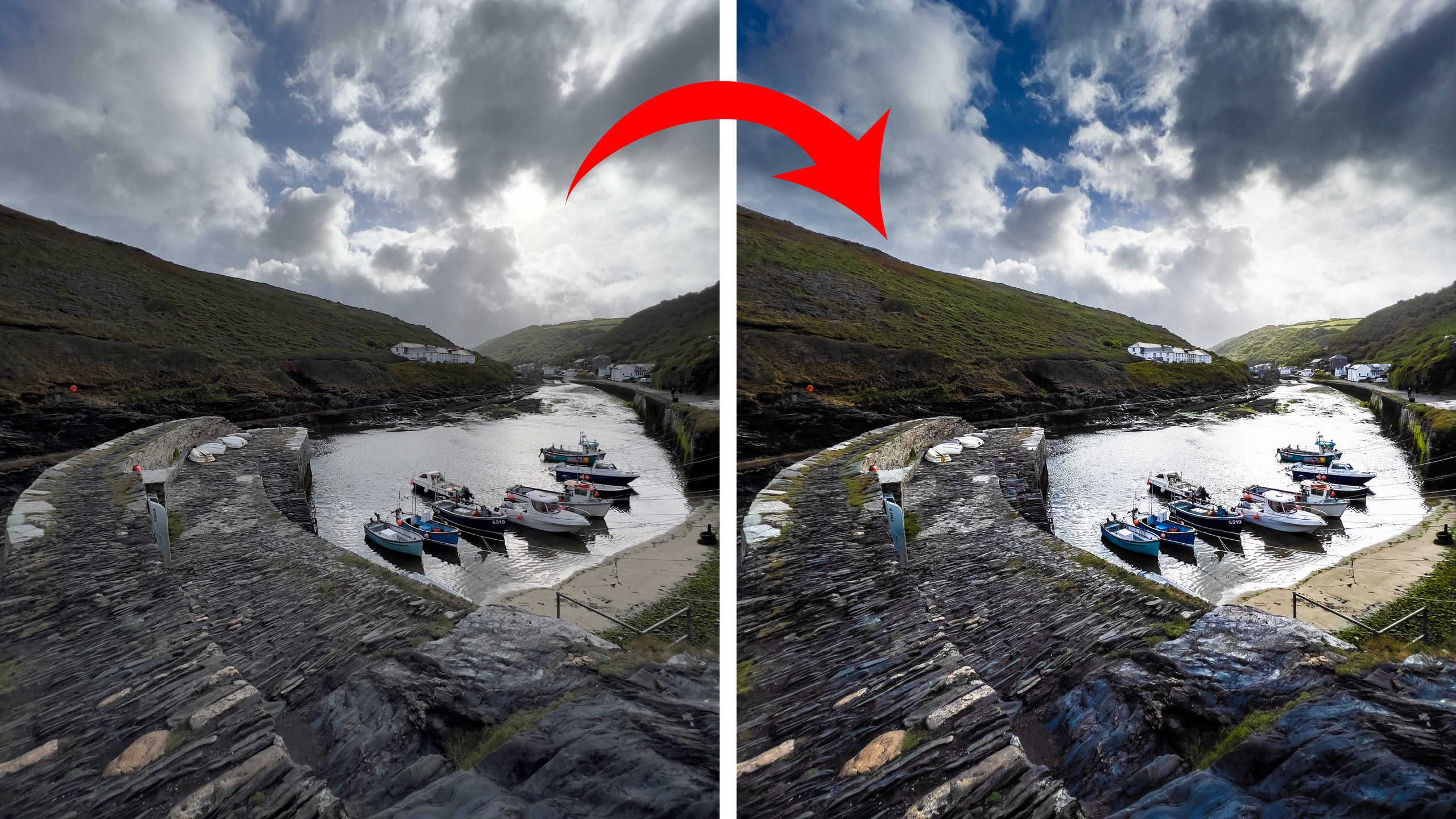Harrowing scenes: the photographer who documents places of violent crimes
Photographer and social worker Ronja Tomke Otto talks about her imagery of ordinary places that tell a deeper story

As a photographer and social worker, Ronja Tomke Otto is mindful of social issues – particularly violent crimes that happen in public places.
Sexual harassment and sexual assault are pervasive issues, affecting one in three women at some point in their lives. To help raise awareness about this topic, Ronja started her project What Remains.
"In the majority of the photographs, we can approach them objectively," she explains. "This is a scene we are mostly unfamiliar with and so in the beginning, we have no preconceptions.
"Some visual details are noticeable but our background knowledge only prevails in familiar scenes. For example, we perceive large trees, waste bins and a small footpath from a neutral perspective.

The taxi stops and one of my friends pays. Our group splits up at this moment – I go ahead with a friend in the direction of the disco while the others remain with the taxi. On the way there, we are approached by a large group of men asking about our sparklers. Only a few seconds pass and my friend and I are separated from each other. Several men push her in one direction and me in the other. Against my will, I am held, touched, kissed.
Victim of sexual assault
"Everything points to a seemingly tranquil, quiet environment – the evening light making the scene look idyllic, for instance. But while the image might describe a peaceful place, it also shows one where a violent sexual assault occurred.
"This contrasting nature of the project only becomes clear to the viewer when the victim’s story is heard. That is why I decided to include descriptions in the exhibition of the project.
"These monologues reveal the full story of what previously happened at each location, provoking an emotional reaction and altering the viewer’s perception of the image from one of neutrality to disgust, anger or fear. Seen in their wider context, the photos take on a far more sinister meaning."
Get the Digital Camera World Newsletter
The best camera deals, reviews, product advice, and unmissable photography news, direct to your inbox!
Tech details

Camera: Fujifilm GFX 50S
Lens: Fujifilm GF 63mm F2.8 R WR
1st Image: Aperture: f/11, Shutter speed: 1/60s, ISO: 100, merge of 2 photos
2nd Image: Aperture: f/8, Shutter speed: 1/30s, ISO: 100, merge of 3 photos

Ronja Tomke Otto is a photographer and social worker, who focuses on highlighting social issues. German-born Ronja has had her work published in magazines and her photographs displayed in numerous exhibitions. She is passionate about experimenting with digital and analogue photography.
- The best Fujifilm GFX 50S and GFX 50S II deals in July 2023
- Fujifilm confirms X Summit will be held in Bangkok on May 24
- Fujifilm brags that it has "found a new gold mine" – but what IS it?
- The Fujifilm GFX 50S is not beautiful to look at but it's the perfect camera
This article originally appeared in Digital Photographer, a monthly magazine, and the kitbag essential for pros, enthusiasts and amateurs alike!
Inside, you'll find practical guides, shooting tips and techniques from working photographers, plus all the latest industry news.

Kim is the Staff Writer on Digital Camera World, and formerly Technique Editor at Digital Photographer, focusing on the art and science of photography. With a Master’s degree in Photography and Media, she is driven to educate through an analytical approach, visually and technically. With her guides and tutorials, Kim seeks to uncover new facets of this time-honoured medium and foster a deeper understanding of its profound role in culture. Kim highlights topics that resonate with modern society, including women in photography and critical issues such as environmental conservation. She also discusses and reviews camera gear, giving you an overview to find the best fit for your photography journey.

